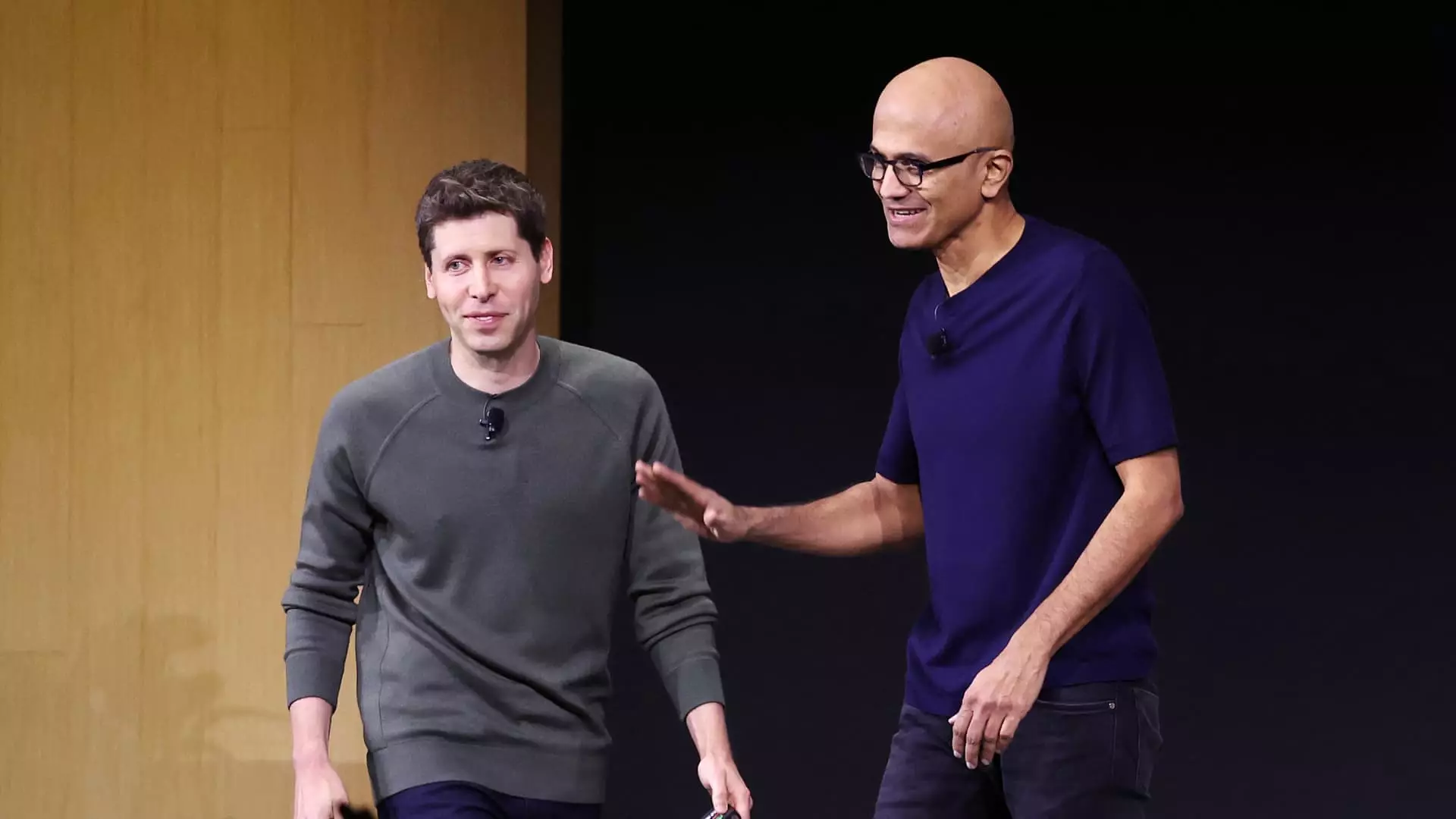Microsoft’s once exclusive partnership with OpenAI has taken a complex turn as the tech giant now lists the artificial intelligence startup as a competitor in their latest annual report. This move signals a shift in the dynamics between the two companies, who have enjoyed a long-standing collaboration. Despite being the biggest investor in OpenAI, having injected a significant amount of $13 billion into the company, Microsoft now views OpenAI as a player in the AI offerings, search, and news advertising space, alongside industry heavyweights like Amazon, Apple, Google, and Meta.
The emergence of OpenAI’s ChatGPT chatbot and the recent unveiling of the SearchGPT search engine prototype have led Microsoft to redefine its relationship with the startup. While some companies opt to access OpenAI’s models directly, others prefer to utilize Microsoft’s Azure OpenAI Service. Additionally, for those in need of alternatives to OpenAI’s offerings, Microsoft’s Copilot chatbot is readily available through the Bing search engine and various Windows operating systems. This diversification in options reflects the competitive landscape in the AI sector and highlights the need for companies to constantly innovate and adapt to market trends.
Despite the perceived shift in their relationship, an OpenAI spokesperson emphasized that the core partnership between Microsoft and OpenAI remains unchanged. They underscored Microsoft’s continued role as a valuable partner to OpenAI, even as the two entities find themselves in overlapping domains. The recent leadership changes within OpenAI, including the reinstatement of CEO Sam Altman and the appointment of Mustafa Suleyman as CEO of Microsoft AI, add another layer of complexity to their collaboration. However, Microsoft CEO Satya Nadella’s close relationship with Altman and his commitment to driving innovation suggest that the partnership is likely to weather these changes and emerge stronger.
As Microsoft and OpenAI navigate the evolving landscape of AI technologies and market dynamics, both companies will need to strike a delicate balance between partnership and competition. The intersection of their offerings and the emergence of new players in the AI space require a strategic approach to collaboration and differentiation. By leveraging their respective strengths and fostering a culture of innovation, Microsoft and OpenAI have the opportunity to redefine the boundaries of AI research and development. As the industry continues to evolve, their ability to adapt and innovate will be crucial in maintaining their competitive edge and driving future growth.


Leave a Reply